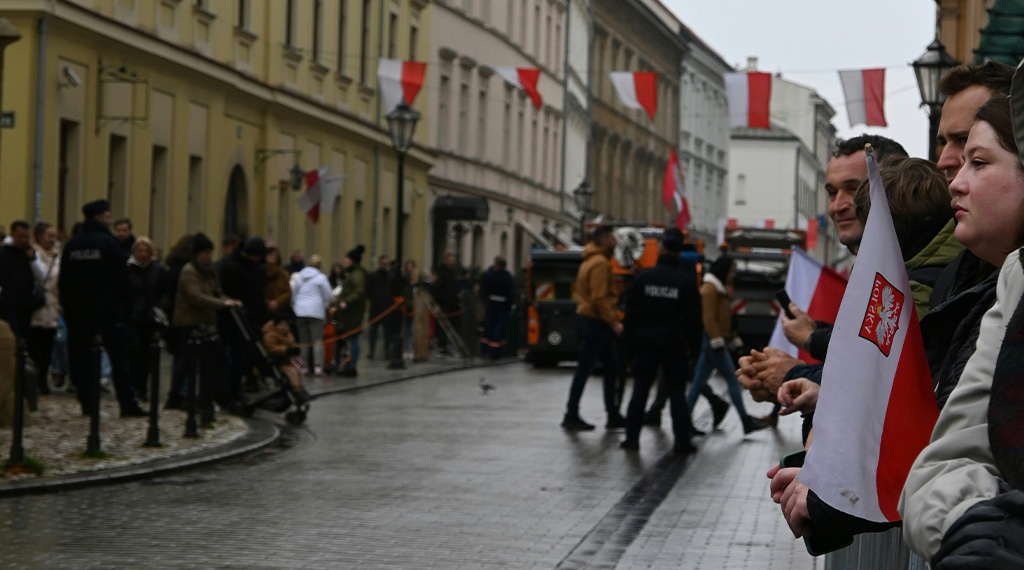The Post-Illiberal Hangover: How to Restore Media Pluralism in Poland

While the new moderate government in Poland has taken steps to restore media pluralism and increase media freedom, experts stress that true reform requires more than policy shifts. Restoring trust and fostering genuine media diversity will be a prolonged effort, offering critical lessons for countries struggling with illiberal governments and their legacies.
In October 2023, after eight years under the governance of the right-wing populist Law and Justice (PiS) party, Poland witnessed a significant shift in the political landscape as voters turned out in record numbers to elect a new moderate government led by Donald Tusk. The election followed a period during which there was a notable decline in media freedom and independence. Upon assuming power in 2015, PiS promptly sought to consolidate control over state-owned media, transforming them into instruments of government propaganda. The party introduced legislation that gave it the authority to appoint management for state-controlled broadcasters and agencies, effectively transforming TVP, Polish Radio, and the PAP news agency into mouthpieces. The impact on media pluralism was significant, with consequences extending beyond the state sector.
The government’s influence extended to private media outlets, as evidenced by the 2021 acquisition of Polska Press by state-owned oil company PKN Orlen. Following the acquisition, numerous editors were dismissed, resulting in a shift in the publication’s editorial stance to align with the government’s perspective.
The government installed following the 2023 elections has committed to implementing measures to restore media pluralism. However, Michał Głowacki, an associate professor at the University of Warsaw, highlights that Poland’s media landscape remains polarised, split into “two competing media tribes.” This polarisation is further compounded by opacity in media ownership, which complicates assessments of genuine pluralism. Despite the new government’s pledge to increase pluralism, tangible results remain elusive, according to Głowacki, who adds, “I would like to see much more discussion about restoring media pluralism.”
One of the most significant actions was directed at the public service broadcaster, TVP. During the PiS administration, TVP became associated with far-right propaganda, prompting criticism from the European Union and numerous international organisations promoting media freedom. In December 2023, shortly after the Tusk government assumed power, Poland’s culture minister took prompt action to replace the leadership of TVP with a new management team. While this decision has been welcomed as a catalyst for change, it has also attracted criticism. Those in support of the former administration and a number of human rights organisations have expressed concerns about the precedent this sets. Głowacki highlights that public media has historically been susceptible to political influence, irrespective of the governing party, making it a contentious issue that dates back to the 1990s.
Marcin Gadziński, Program Director for Europe at the Media Development Investment Fund (MDIF), believes that while TVP no longer operates as a blatant propaganda machine, there is still room for improvement in terms of achieving a more balanced content output. “There are better journalists now, and the decision-making positions are filled by people with good reputations,” he states. However, he also notes that certain topics remain off-limits, and the TV station rarely criticises the government. Głowacki agrees that TVP’s current state is far from optimal, particularly with regard to the need for more adaptive strategies in light of the evolving media landscape and the emergence of multigenerational public service media.
The challenges associated with this transformation extend beyond editorial policy. As Gadziński notes, the dismissal of hundreds of employees from TVP has created a significant shortage of qualified journalists and editors, often drawing talent away from independent outlets and making it more challenging for those outlets to retain skilled professionals.
The issues do not solely affect the public service broadcaster. The two largest private broadcasters in Poland, TVN and Polsat, are also facing their own set of challenges. Warner Bros. Discovery’s plan to sell TVN Group has prompted speculation about potential buyers, including the Czech PPF group and an American broadcaster, as well as a Hungarian billionaire with close ties to Fidesz, the party of Hungary’s Prime Minister Viktor Orbán, a close ally of PiS. Gadziński questions the likelihood of such a sale to Orban-linked interests, noting that “Orban-related business groups are already active in the area, looking for opportunities, but would an American mega-corporation sell something to them? I doubt so.” Nevertheless, he also states that nothing is impossible.
Other significant stakeholders in this challenging situation are Orlen Press, which oversees the largest group of regional newspapers in Poland, and Ruch, the second-largest newspaper distributor, both of which are owned by PKN Orlen, the state oil company. Despite reports that Orlen is considering divesting its media holdings, there have been few public developments. Gadziński suggests that even if Polska Press were sold, its reputation, tarnished by political appointments and disregard for market trends, would be difficult to rebuild. Głowacki believes that selling these assets would not significantly change the landscape, as “people don’t really buy their newspapers anymore.”
State-controlled advertising funds represent another key factor influencing the Polish media landscape. Tadeusz Kowalski’s analysis of Kantar Media data demonstrated that state-owned enterprises allocated a considerable portion of their advertising budgets to media outlets that reflected the government’s narrative. This practice, which aimed to maintain favourable coverage while limiting the financial viability of critical outlets, attracted significant criticism from international media freedom advocates. Głowacki states that, as yet, there is no updated data available on whether these practices have undergone a change under the new administration.
In the coming period, the challenges to restoring media pluralism are significant. Gadziński states that PiS embedded “landmines” throughout the system before leaving office, presenting the current administration with a dilemma: whether to move ahead and “lose some limbs”, or to navigate cautiously and make compromises. The issue of reclaiming public media without controversy is a significant one. “How else could public media have been taken back? No idea,” Gadziński said, emphasising the importance of leadership by individuals of integrity for the implementation of long-term solutions. “My advice for other countries in similar situations is to put such people in [those] positions.”
The Polish media landscape remains highly fragmented, reflecting a broader cultural and trust deficit. Głowacki highlights that the absence of a “common space for deliberation” intensifies polarisation, which legislation is unable to resolve on its own. The path to media reform needs more than just new regulations; it requires a significant cultural transformation to rebuild trust and foster an environment conducive to pluralism.
Nevertheless, these developments offer international journalism funders valuable insights. As Gadziński points out, providing support to independent media may be proving to be a sound investment. “Poland survived eight years because of the power of independent media,” which was the most robust in the region, as some international media groups are still active in the country. He adds that “a strong independent media is a battle worth fighting.”
